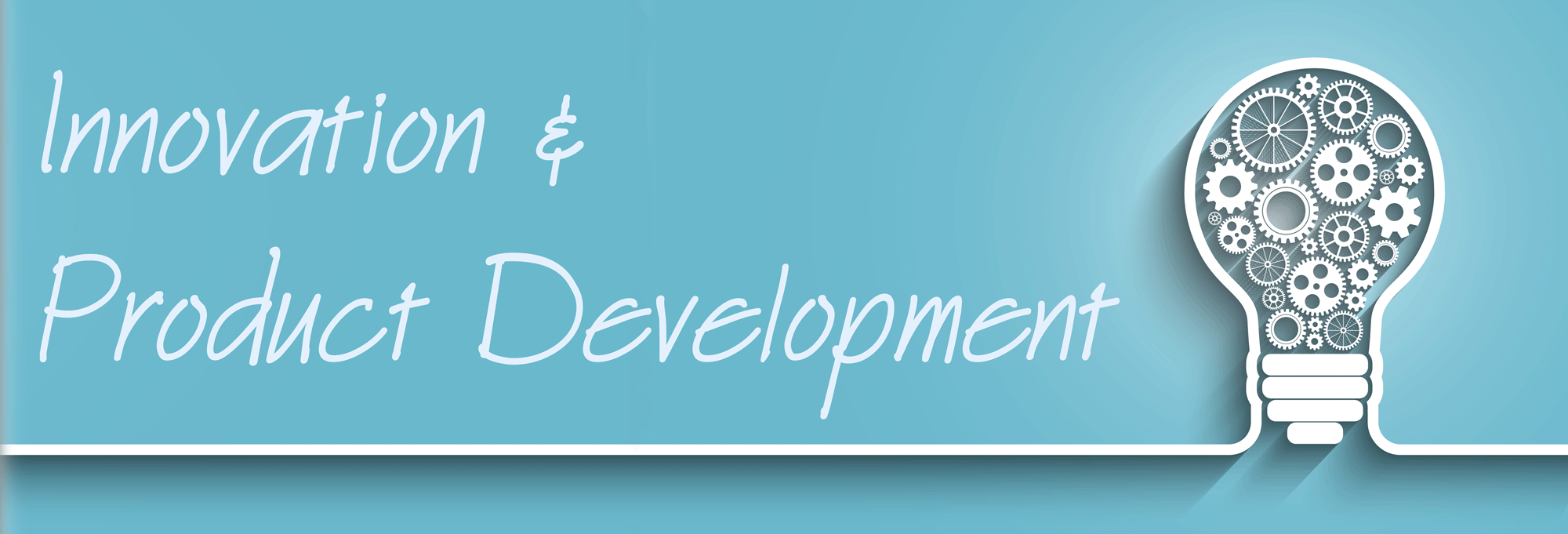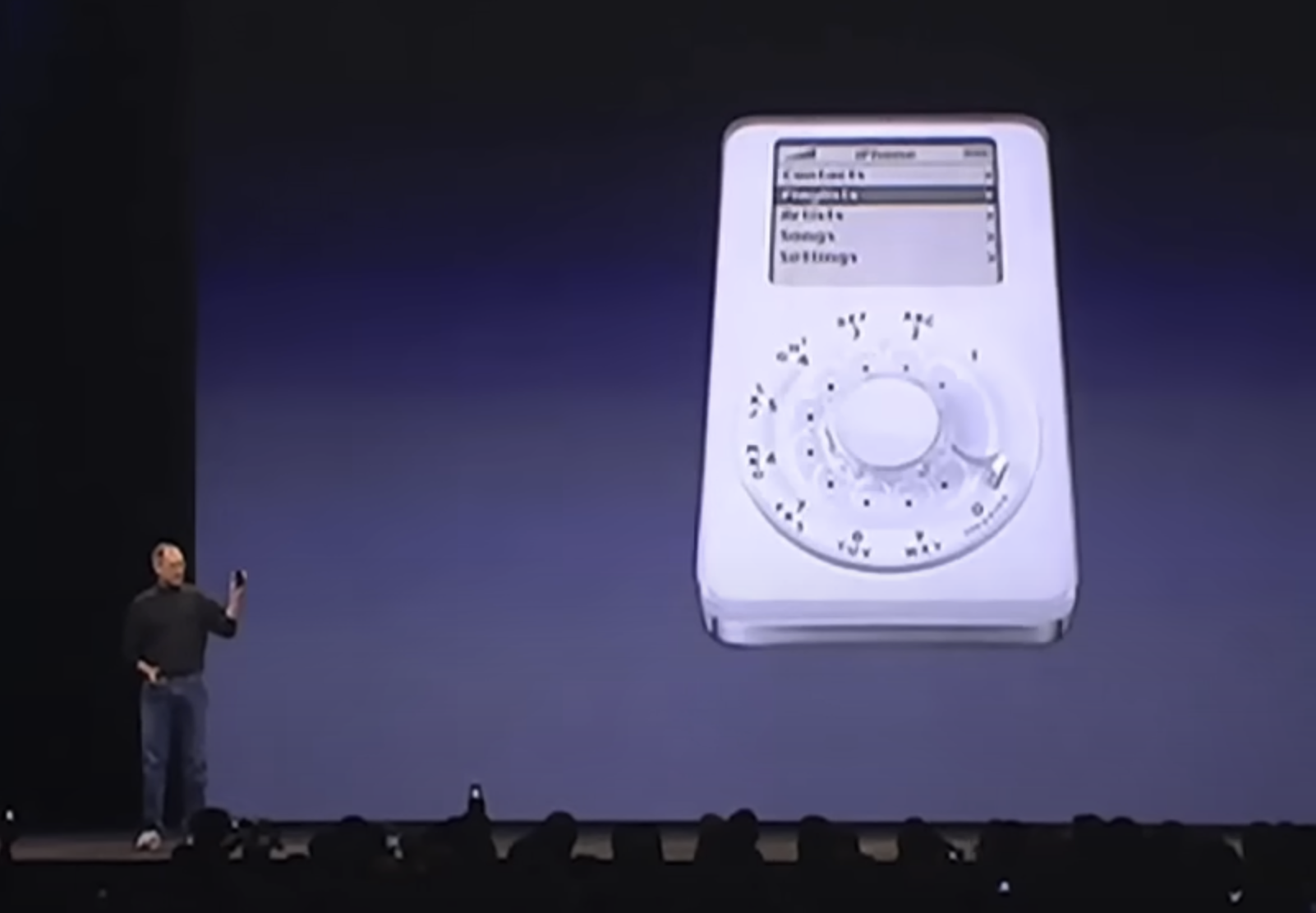
One of the things I love about working at AKF Partners is the wide variety of clients we get to work with. We assist everyone from young startups, where the founder and a friend handle everything from Product to Sales, to massive, long-established companies struggling to keep up with customer feature backlogs. And of course, we work with many clients in between these two extremes.
We regularly span multiple verticals from fintech, healthcare, retail, b2b, services, government contracting, etc. While we may not have a deep product understanding of every situation, there are common themes that arise and separate companies that are thriving and growing at a rapid pace from those that are stagnating and struggling from quarter to quarter to meet shareholder and investor commitments.
True Product Development
Thriving companies are focused on customer key results. This doesn't mean creating a product list for developers based on customer contracts. It means building products the market as a whole wants - or may not even yet know it wants.
In his now infamous letter to investors in 2017, Amazon Founder and then CEO wrote:
"There are many advantages to a customer-centric approach, but here’s the big one: customers are always beautifully, wonderfully dissatisfied, even when they report being happy and business is great. ... Even when they don’t yet know it, customers want something better, and your desire to delight customers will drive you to invent on their behalf. No customer ever asked Amazon to create the Prime membership program, but it sure turns out they wanted it, and I could give you many such examples." - Jeff Bezos
Examples of What Good Looks Like:
Companies who are successful with true Product Development have the following in common:
- Focus on Customer Value: They know where customer friction is within a process, and engineers can explore different ways and iterations to improve that customer experience. While customers are regularly polled to understand their needs, workflows, etc., requirements for development are not driven directly by customer requests. Steve Jobs, Apple Co-Founder, and former CEO, said: "People don't know what they want until you show it to them." Customer input aims to innovate and provide better ways of doing things. Slack didn't invent direct and group messaging, but they have radically improved it, leading to their success. This exemplifies the difference between developers who follow requirements from the Sales team and a true Product Development organization, where customer value is always at the forefront of how work is identified and performed.

- Maniacally Focus on Data: Data is a developer's best friend. If six months of effort by multiple teams (and over a million in operational expenses) to release a feature only results in an initial ROI of a few hundred thousand dollars, that's no reason to celebrate! The real celebration should come when the teams dig deeper, understand why their hypothesis was flawed, fix it, and finally achieve an ROI that outweighs the development costs. Then, it's party time! The difference between a "coder" and a software engineer is the inquisitiveness of creating a hypothesis, testing it, iterating and improving, and releasing it as quickly as possible to see if all the guesswork equals reality in the customer's hand.
- Design Everything to be Monitored: One key aspect of being intensely focused on data is ensuring you have the right data to begin with. Each team is responsible for its own monitoring. When issues arise, no tickets are passed to another team. Instead, those who created and own the solutions step in to fix them—and, more importantly, learn from the experience.
- Release, Release, Release!! I can't tell you how many companies have told us they embrace Agile methodology but only release a few times a quarter, or worse - a year! The entire foundation of Agile is experimentation and innovation. And neither of those can excel over long time periods as user needs evolve and change. The value is in releasing quickly (and perhaps imperfectly), iterating on what is working, and dropping or parking what is not successful. If your teams release daily, you are much more likely to be learning and adapting over your competition. Marty Cagan, former eBay Alum and founder of the Silicon Valley Product Group (SVPG) says: "A strong product culture means that the team understands the importance of continuous and rapid testing and learning. They understand that they need to make mistakes to learn, but they need to make them quickly and mitigate the risks." So many times I hear companies say they can't release rapidly because of this or that regulation, yet their quarterly or semi-annual releases are full of bugs that require immediate software patches. Instead of burning millions of dollars in slow development and testing and giving your competition months to get ahead, figure out how to break problems down into much smaller pieces and release, release, release!
- Teams Have Autonomy: Teams are cross-functional, meaning they have every component necessary to be released. The components required include their own code repository, database, application servers, talent, testing, and security expertise to get things done quickly. There are no queues for other department approvals or input. Every component possible is embedded in the team. The notion of autonomy gives heartburn to some more traditional and seasoned technologists as it sounds like anarchy. And I've certainly seen it abused. But autonomy isn't anarchy if there are well-documented and enforced architectural principles, security requirements, etc. Teams need a path to success and a clear runway to launch!
There are many other examples of excellence, but these are ones I see repeatedly in thriving companies and absent in companies that struggle. As I think back over the past few years, I can't recall a company that is not struggling in all the areas above. They are so interconnected that it is difficult to have only a few of the above missing without having all items missing in some form. Additionally, as I think of companies we have worked with that are under fire by a competitor, it is usually because the competition is excelling in the above.
Is your company struggling with scalability or facing strong competitive headwinds? We can help! Our team is made of software engineers, leaders, and practitioners with decades of experience working inside some of America's most iconic companies before joining AKF or during their tenure in interim positions.